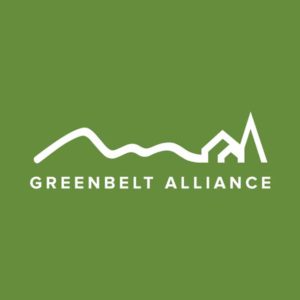In twenty-five years, as many as two million more people will live in the Bay Area. Where we build new homes and jobs will impact the region’s natural areas, parks, and farms. How much of a threat does development pose to the region’s greenbelt?
To answer that question, Greenbelt Alliance researched the state of the Bay Area’s open space. At Risk: The Bay Area Greenbelt 2012, the sixth release of this signature research, provides a snapshot of working farms and natural areas facing sprawl development pressure in the nine counties.
The Bay Area has had tremendous success in protecting our agricultural and wild lands. But our work is not yet complete. Over 322,000 acres remain at risk of development. Some of these places lack protection measures. Others may have strong protections in place but experience repeated attempts to loosen or remove those protections due to high development pressure. And policies expire; most protection measures are put in place for a set amount of time, perhaps 20 years, and must then be renewed.
In addition, simply protecting and preserving the landscape isn’t enough if we want to have a thriving greenbelt of farms, wildlife habitat, and recreational areas. We need to invest in and manage these places as well.
As in the rest of the country, the economic downturn that began in 2008 has had profound impacts in the Bay Area. Unemployment remains stubbornly high. Unable to pay their mortgages, thousands of people have lost their homes. In the Bay Area, the pain is most acute in outlying communities far from job centers. One outcome of this crisis is a renewed understanding of the need to provide affordable homes near jobs and services.
From crisis sometimes comes opportunity. The down real estate market has decreased the pressure to build on the greenbelt. This is part of the reason that 77,300 acres of Bay Area open space is currently at high risk of development over the next 10 years in contrast to 2006 when there were 125,200 such acres. There are several cases around the region where property owners, who were once committed to seeing their lands developed, are now willing to see their property conserved through conservation easements or sold to a land trust or open space district.
Unfortunately, another outcome of the weak economy is that conservation organizations have less funding to permanently protect and steward our natural and agricultural lands. Because of this lack of funding, land trusts and open space districts aren’t able to fully take advantage of the new willingness of many property owners to commit their lands to conservation.
Explore At Risk:
- Greenbelt Mapper
- Regional Results
- Alameda County
- Contra Costa County
- Marin County
- Napa County
- San Mateo County
- Santa Clara County
- Solano County
- Sonoma County
- Methodology
- Acknowledgments





